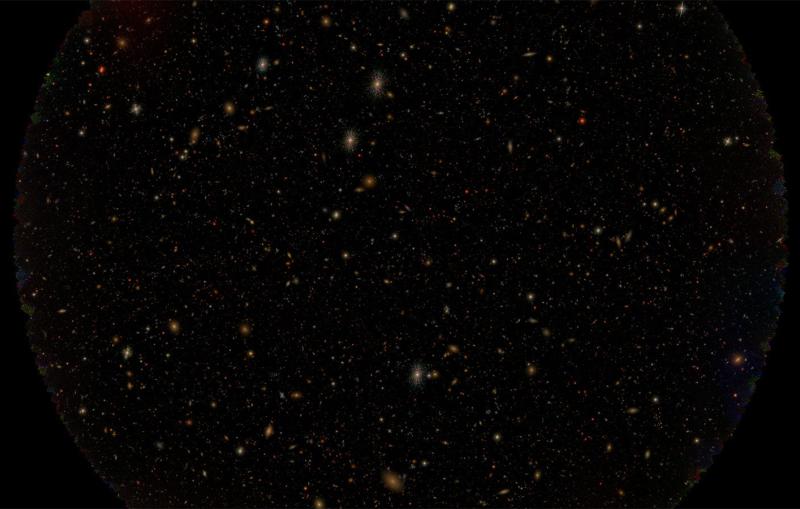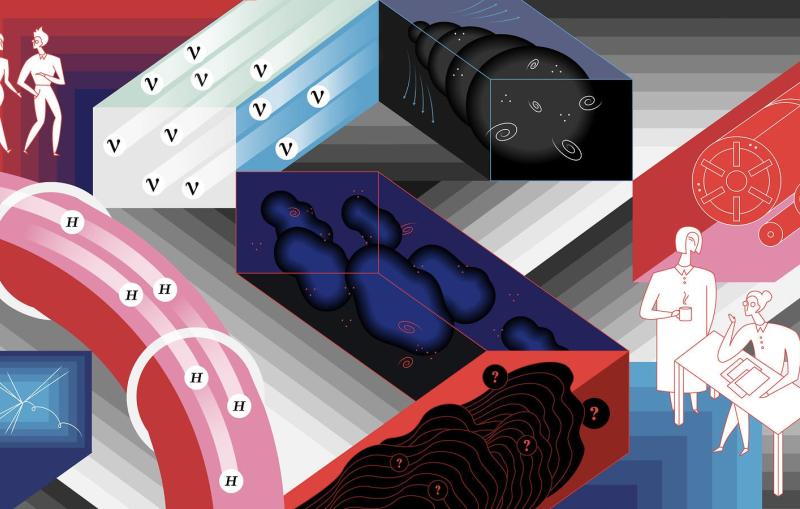




News Feature
VIA Kavli Foundation
Delving Into the 'Dark Universe' with the Large Synoptic Survey Telescope



The NSF-DOE Vera C. Rubin Observatory and the SLAC-built LSST Camera image the visible southern sky over and over for a decade, creating a vast archive of data that will advance our knowledge of dark energy and dark matter.
Related Link:
LSST Camera: World’s largest camera for astrophysics







